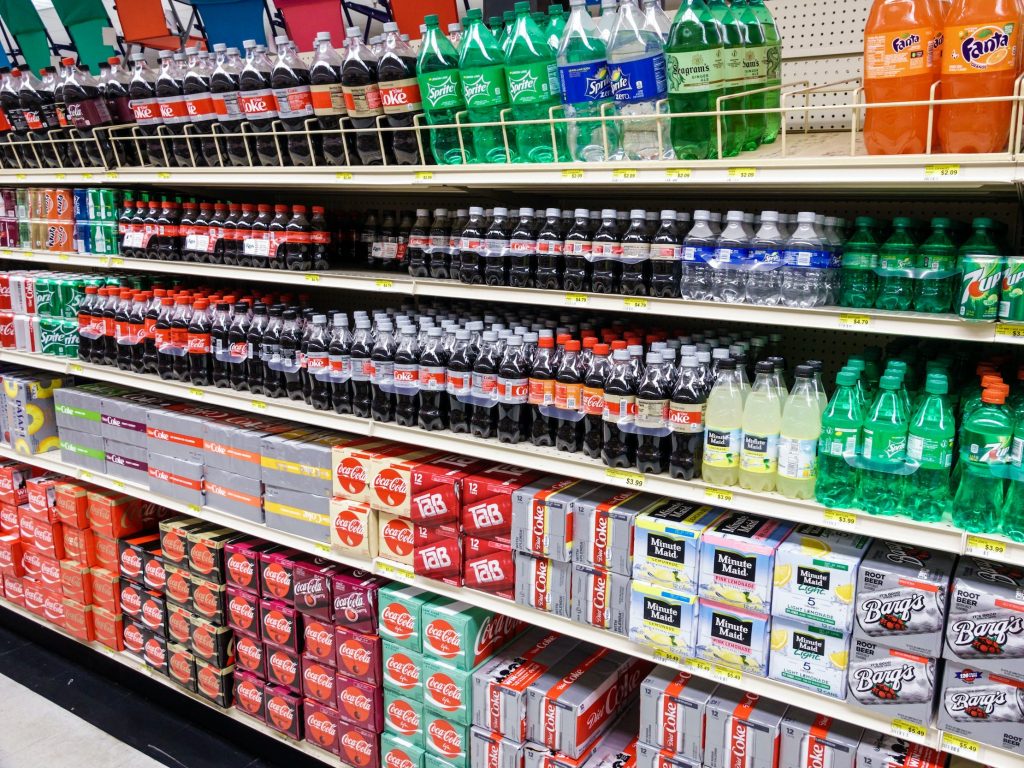- Coca-Cola ditches green Sprite bottles and switches to clear to be more environmentally friendly.
- By October, all green bottles will be phased out, including Fresca and Mello Yello.
- The change makes it more likely bottles will be recycled.
Say goodbye to the iconic green Sprite bottle.
Coca-Cola is transitioning the brand to clear plastic bottles on August 1. By October, the company will do the same for Fresca, Mello Yello, and Seagram's.
Turns out, green plastic isn't green in the environmental sense. A colored bottle contaminates the recycling stream and has to be separated out, increasing the chances it ends up in a landfill. There's not a big market for green plastic either, so recyclers can't make much money selling it off to be made into new packaging.
"By making our bottles clear — a huge change for the brand — it makes them much more likely to go through the recycling system and come back to us as recycled PET," said Chris Vallette, senior vice president of technical innovation and stewardship, citing an industry term for the plastic used to make bottles.
The change comes as global efforts to eliminate plastic pollution gain steam in countries like the US, Canada, and India to protect oceans and tackle climate change. Japan and South Korea more than two decades ago ended colored plastic to boost recycling and reduce plastic waste.
For its part, Coca-Cola has a World Without Waste initiative to make 100% of its packaging recyclable and get a bottle back for each one it sells by 2030. The beverage giant also pledged that half of its packaging will be made from recycled materials in the same timeframe.
To support that goal, Coca-Cola will make Dasani bottles sold in the US and Canada from 100% recycled plastic, avoiding an estimated 10,000 tons of virgin plastic next year alone.
That is still a small dent in the 3 million tons of plastic Coca-Cola uses each year, which the company has started to scale back mainly by making bottles lighter.
Matt Littlejohn, senior vice president of Oceana, told Insider that making bottles recyclable doesn't mean they won't end up in the ocean. Only about 30% of bottles are actually recycled, while the rest end up in landfills or in the environment.
"Coca-Cola needs systems to ensure they actually get that bottle back," Littlejohn said.
Expanding a refillable model would go a long way, Littlejohn said, which isn't big in the US but is popular in some European countries and Mexico. Investing in curbside recycling and new infrastructure would help, too.
Coca-Cola is aiming for 25% of beverages by volume sold in returnable bottles by 2030 and told Insider that it spent $17 million in the US to support recycling infrastructure and consumer education campaigns.
"I'm shocked at how little that is," Littlejohn said. "Coca-Cola sells billions of dollars worth of soft drinks a year, and their biggest market is the US."
